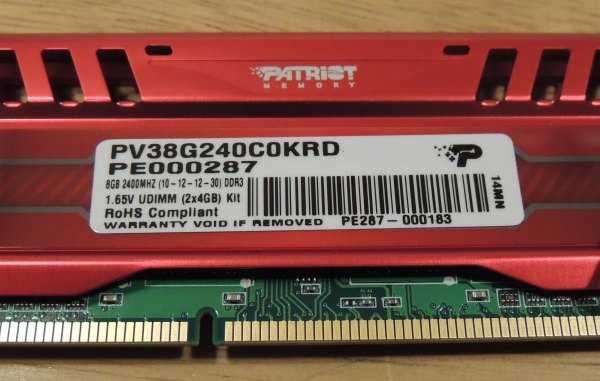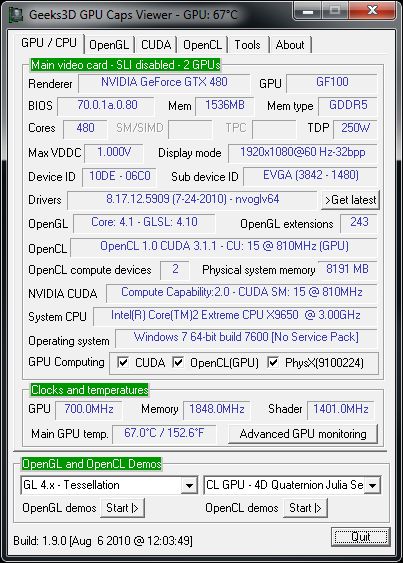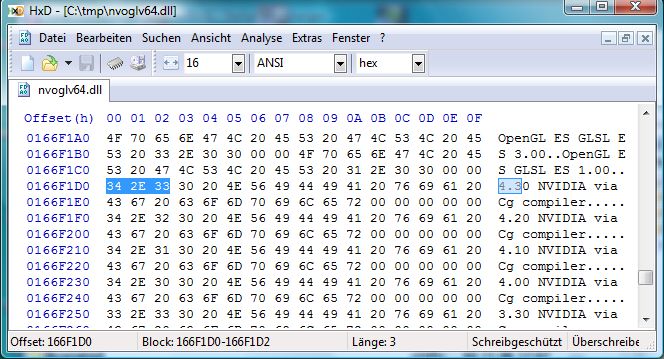


We have no console to output text to, no breakpoints to set on GLSL code, and no way of easily checking the state of GPU execution. Debugging these kinds of visual errors is different than what you're used to when debugging errors on the CPU. Ideal for 3D users.Graphics programming can be a lot of fun, but it can also be a large source of frustration whenever something isn't rendering just right, or perhaps not even rendering at all! Seeing as most of what we do involves manipulating pixels, it can be difficult to figure out the cause of error whenever something doesn't work the way it's supposed to. The VMs feature up to 4 NVIDIA T4 GPUs with 16 GB of Memory. NCasT4_v3-series virtual machines are powered by Nvidia Tesla T4 GPUs and AMD EPYC 7V12(Rome) CPUs.NV32: This is a good platform for heavy 3D.This is a system that many power users couldīenefit from who do 3D, as well as have large datasets and NV16: Solid platform for Medium to Heavy 3D.Same as the NV4 but able to render and move 3D NV8: Good for 2D use as well as light 3D.

Windows 10 client RDP is adequate for most workloads Teradici technology may be helpful for demanding workloads.ĭeliver a solid 2D experience with ArcGIS Pro.

Minimum: DirectX 11, feature level 11.0, Shader Model 5.0 By default, the visualization cache is written to the user profile’s \Local subfolder, so it does not roam with the user profile if roaming profiles are enabled by your system administrator. The temporary visualization cache for ArcGIS Pro can consume up to 32 GB of space, if available, in the user-selected location. If you're using a notebook computer with an integrated GPU, consider increasing the system RAM to compensate for the usage of shared memory. Recommended: 32 GB or more of free space on a solid-state drive (SSD) A multithreaded 2-core CPU will have four threads available for processing, while a multithreaded 6-core CPU will have 12 threads available for processing. Simultaneous multithreading, or hyperthreading, of CPUs typically features two threads per core. Minimum: 2 cores, simultaneous multithreading


 0 kommentar(er)
0 kommentar(er)
